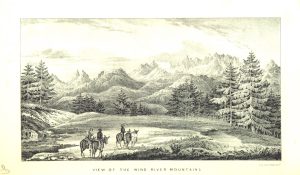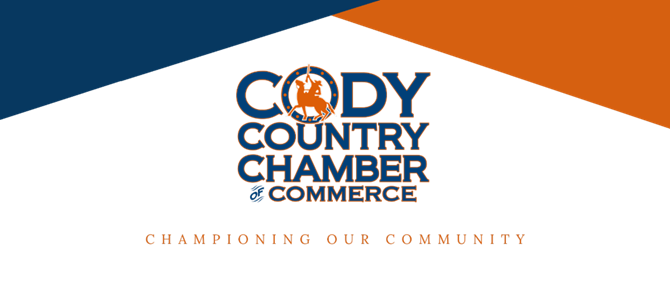UW & BBCOW Join International Effort to Digitize Drawings
Written by Andrew-Rossi on January 19, 2022
An international project digitizing important illustrations will also strengthen connections between the Buffalo Bill Center and the University of Wyoming.
Researchers at the University of Wyoming and the Buffalo Bill Center of the West have joined international colleagues in Wales in a new project to develop digital tools to analyze historical book illustrations to gain a more thorough understanding of history.
Using a nearly $500,000 grant from the U.S. National Endowment for the Humanities and the United Kingdom’s Arts and Humanities Research Council, the team will use cutting-edge computing techniques to uncover hidden histories in the collections of several cultural institutions.
Several researchers and experts are leading the international effort.
- Isadora Helfgott, U.W. Vice Provost for Global Engagement and associate professor of history
- Julia Thomas, a professor of English literature at Cardiff University in Wales
- Paul Flesher, U.W. American Heritage Center Director
- Jeremy Johnston, the Hal and Naoma Tate Endowed Chair of Western History at the Buffalo Bill Center of the West;
Also assisting the effort is a team of computer scientists based at Cardiff University.
“Historical book illustrations, many of which have now been digitized and made available online, have an untapped significance in cultural institutions,” Helfgott says. “We will develop digital methods that open up this neglected material to new uses and applications. I’m thrilled to be brought into this project by colleagues at Cardiff University who have deep expertise in developing and mobilizing digital humanities tools that can deepen our engagement with these sources.”
U.W. President Ed Seidel says this project shows how digital technologies impact all fields of study, including the humanities.
“I’m delighted that U.W. is part of an international collaboration using the latest technologies to provide new insights into history, including Wyoming’s fascinating history,” Seidel says. “This groundbreaking work, part of our growing partnership with Cardiff University, exemplifies what computing can do in a wide variety of disciplines.”
In addition to historical illustrations held by the American Heritage Center and the Buffalo Bill Center of the West, the three-year project engages a core digitized collection of illustrated books from the British Library.
The effort involves archives of illustrations maintained by cultural institutions in the United Kingdom, including Cardiff University’s Special Collections and Archives, the National Trust, and Lambeth Palace Library. The researchers are developing computer vision tools to examine and compare extensive collections of book illustrations.
“We will use these digital tools to cluster and group illustrations according to significant aspects; analyze them based on visual features; display subsets of illustrations in structured ways, and identify visual categories,” Helfgott says. “These new ways of looking will reveal hidden histories and enable discovery research.”
“This project can be understood as taking initial steps toward creating a search engine that works on images just as today’s search abilities work on text,” Flesher says.
The project is strengthening ties between U.W. and the Buffalo Bill Center of the West, enabling statewide dialogue about the complex history of Wyoming and the American West.
Collaboration with the U.K. institutions will broaden its reach to explore the West’s connection with global trends and attitudes.
“The history of book illustrations is shared between the United Kingdom and the United States, with illustrated books widely circulated between these countries,” Helfgott says. “Being in conversation with United Kingdom cultural institutions will encourage consideration of global connections and new avenues for inquiry about influences of and on the history of Wyoming’s people and landscapes.”
For example, Cardiff University’s Special Collections and Archives, a partner on the project, contains an abundance of rare illustrations relating to Wales and the Welsh, along with illustrated books about America written for prospective Welsh emigrants.
Helfgott, who is part of a group developing a new School of Computing at U.W., says digital technologies make a big difference in the humanities.
“Through this innovative use of computing, humanities scholars will be able to move beyond the analysis of individual images, or even groups of images, to identify broader patterns,” she says. “This will not only enrich our understanding of national histories and national identities through common visual constructions of people and place but also help identify counter-narratives that might deepen our current understanding of history.”





